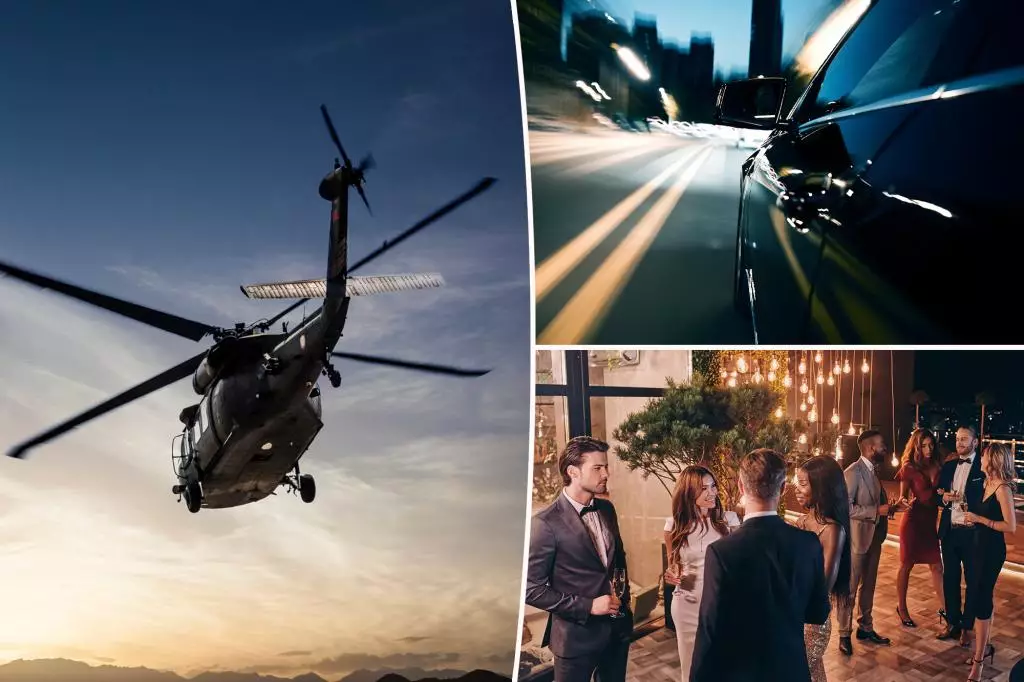In the world of chic indulgence and lavish celebrations, the tragic events following the Hudson helicopter crash serve as a stark reminder of the delicate balance between glamour and safety. Le Chéile, a social club known for its opulent events, was set to whisk guests away via helicopter to its highly anticipated launch party at JFK’s TWA Hotel. However, following the tragedy, the firm quickly pivoted to honor its commitment to safety and comfort, emphasizing that no extravagance is worth jeopardizing the well-being of its invitees.
The heartfelt response from Le Chéile, which expressed condolences to the victims’ families, was not merely a public relations move; it showcased the club’s deeper understanding of the social fabric it operates in. In a world where social elite often prioritize status over safety, Le Chéile’s swift adaptation to offer alternative transportation methods, such as Uber vouchers and black car services, highlights a progressive approach. Their choice to reimagine their launch party logistics underscores a significant cultural shift toward prioritizing safety in high-profile social settings.
Rethinking Aerial Transportation for Events
The allure of helicopter rides for exclusive events has long been a symbol of status and luxury. Yet, as with the incident involving New York Helicopter Charter, one must question whether the thrill of the ride outweighs potential risks. Le Chéile’s proactive measures not only reassured their guests but also initiated a broader conversation regarding safety standards in the rotorcraft aviation industry.
The reassuring notion expressed by the helicopter company—emphasizing their strict internal safety protocols—does little to alleviate concerns in light of recent events. While they claim their standards surpass regulatory requirements, the grim reality of the crash signifies that even the most stringent safety measures can fall short. It raises questions about the adequacy of existing safety protocols in the industry, leaving event planners, luxury service providers, and potential patrons in a challenging predicament: How do we reconcile a desire for luxury with our inherent need for security?
Building a Culture of Safety in Luxury Events
Le Chéile’s pivot also feeds into a larger narrative within luxury event planning, where an emphasis on opulence is increasingly blended with considerations for safety and well-being. The creative solutions they offered reflect a sensitivity towards the evolving demands of affluent clientele, who may now be more conscious of the risks that accompany extravagant experiences.
Moreover, the influence of social media cannot be underestimated; public perceptions often shape the decisions of businesses. As guests share experiences in real-time and safety issues become widely discussed topics online, establishments such as Le Chéile must prioritize not just the event’s grandeur but the sentiments of their patrons. Putting safety first can be seen as setting a standard for responsible luxury, fostering a culture where clients feel empowered to prioritize their well-being without sacrificing enjoyment.
In a world where the extraordinary is often just a heartbeat away from unpredictability, the response by Le Chéile serves as a case study for future events. It beckons a shift toward a more holistic view of luxury that marries comfort with extravagance—an essential evolution in social settings where the unexpected can alter the course of celebration.

